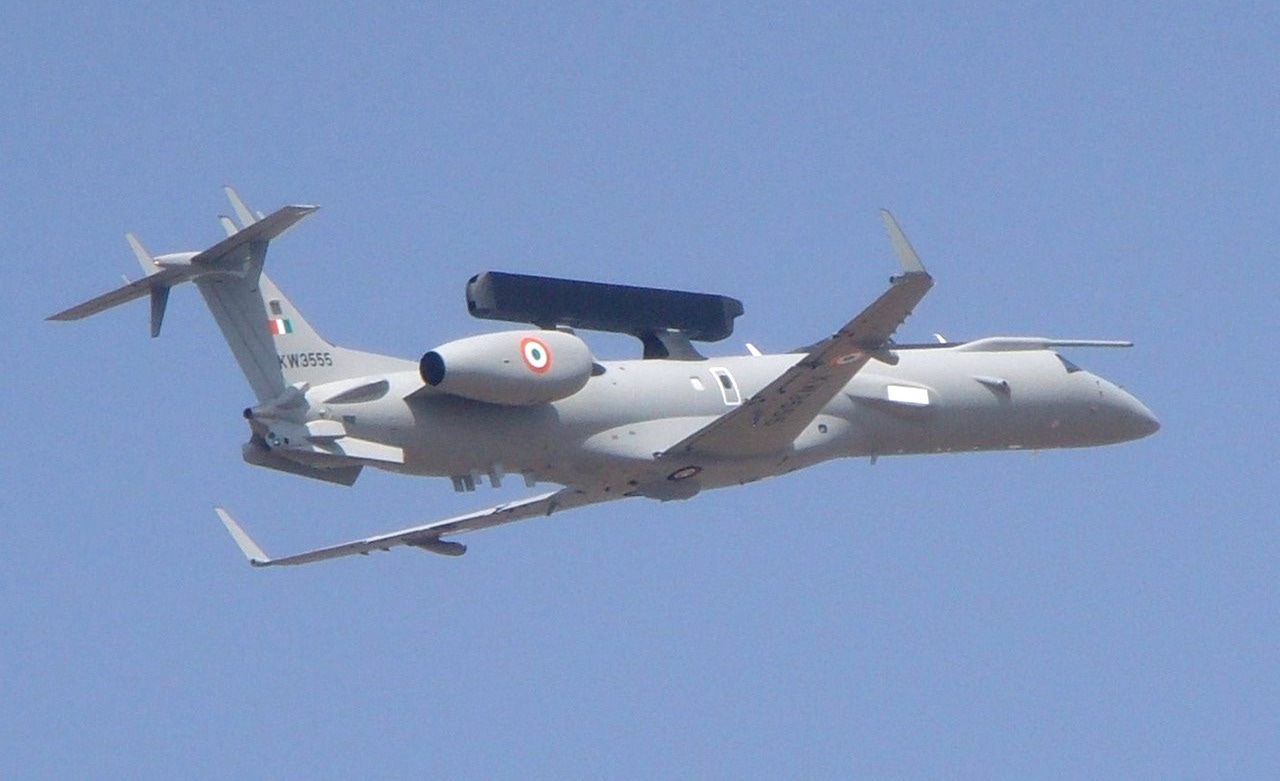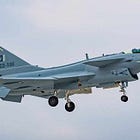Notes From The Latest Indo-Pak Dust-Up
And the current military revolution

The endless India-Pakistan conflict is not at all a proxy war for anyone else’s larger conflict, as the hodgepodge arsenals of both combatants bear witness. During the Second Kashmir War in1965, Pakistani pilots in American F-86 Sabres tangled with Indians flying British Folland Gnats, while both the Pakistani Air Force (PAF) and Indian Air Force (IAF) used Canberra bombers, though they were made in two different countries.
Both air forces continue to operate a medley of old and new aircraft types drawn from a global arms market, though priorities have changed. When fighting broke out in May, the IAF was prepared to lead the national military response to Pahalgam. The Army did not undertake a land war. Prime Minister Narendra Modi has pursued this policy for more than a decade since he took office, and purchases such as the French Rafale fighter were key modernization steps.
The PAF, on the other hand, has been increasingly defensive-minded. Chinese-made Chengdu J-10C ‘Vigorous Dragon’ fighters were supposed to answer the Rafales. For war planners outside the subcontinent, this confrontation has been the key source of drama in the whole affair. But it was an entirely new experience for both sides. The two countries had never squared off at this scale in the sky. Nobody really knew what to expect. To borrow a phrase used in both countries, nobody knew what was ‘cricket’ and what was not, this time.
Keep reading with a 7-day free trial
Subscribe to Polemology Positions to keep reading this post and get 7 days of free access to the full post archives.


